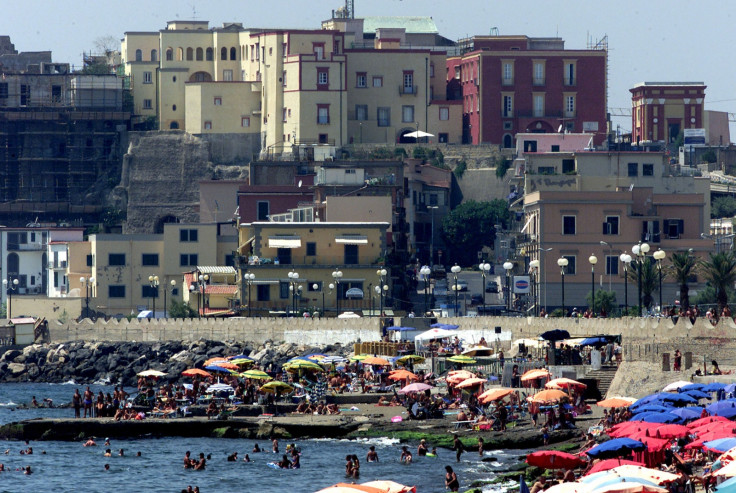Campi Flegrei supervolcano might have inspired legendary Roman concrete

The dormant supervolcano of Campi Flegrei may have served as the inspiration for the legendary Roman concrete used to build the Pantheon and the Colosseum.
Tiziana Vanorio, an experimental geophysicist at Stanford's School of Earth, Energy & Environmental Sciences, analysed the concrete-like rock that formed in the depths of Campi Flegrei and says it could help explain the unusual and unprecedented ground swelling in Pozzuoli in 1982.
Vanorio was a teenager living in Pozzuoli and was one of the 40,000 forced to flee when the ground swelling led to a series of micro-earthquakes. The ground beneath the town had risen by 6ft in just two years.
Sparking her interest in geology, she was looking to find out how the ground was able to withstand so much warping before cracking and setting of the earthquakes.
She explained: "Ground swelling occurs at other calderas such as Yellowstone or Long Valley in the United States, but never to this degree, and it usually requires far less uplift to trigger earthquakes at other places. At Campi Flegrei, the micro-earthquakes were delayed by months despite really large ground deformations."
Vanorio and colleagues looked at rock cores from the region. Publishing their findings in the journal Science, the researchers found the caprock (a hard rock layer near the caldera surface) was rich in volcanic ash from the region – possolana.
This rock, they found, also contained tobermorite and ettringite-fibrous minerals, which are also found in man-made concrete. This would make the caprock more ductile, meaning it was more able to withstand significantly more bending before it cracked.
They believe this concrete-like rock was able to form because the "wall" of the caldera contains carbonate rocks similar to limestone that were interspersed with the mineral actinolite. "The actinolite was the key to understanding all of the other chemical reactions that had to take place to form the natural cement at Campi Flegrei," said co-author Waruntorn Kanitpanyacharoen.

Scientists say a chemical reaction called decarbonation took place beneath Campi Flegrei, prompting the formation of actinolite and carbon dioxide gas.
This then triggers a chemical reaction producing several components, including calcium hydroxide – one of the two key ingredients in man-made concrete. The limestone mixed with the pozzolana ash to become concrete-like, the authors say.
And this naturally forming substance could have served as inspiration for the famous Roman concrete. Pozzuoli was founded in 600BC by the Greeks and was later renamed Puteoli by the Romans.
Vanorio says the Romans might have observed interactions between the ash and seawater in the region – philosopher Seneca once said the "dust at Puteoli becomes stone if it touches water".
She said: "The Romans were keen observers of the natural world and fine empiricists. Seneca, and before him Vitruvius, understood that there was something special about the ash at Pozzuoli, and the Romans used the pozzolana to create their own concrete, albeit with a different source of lime."
© Copyright IBTimes 2025. All rights reserved.






















